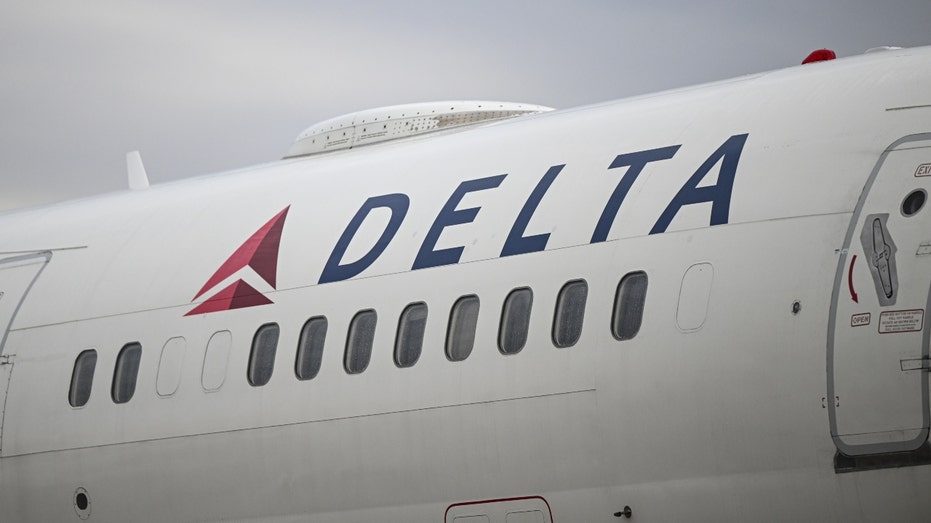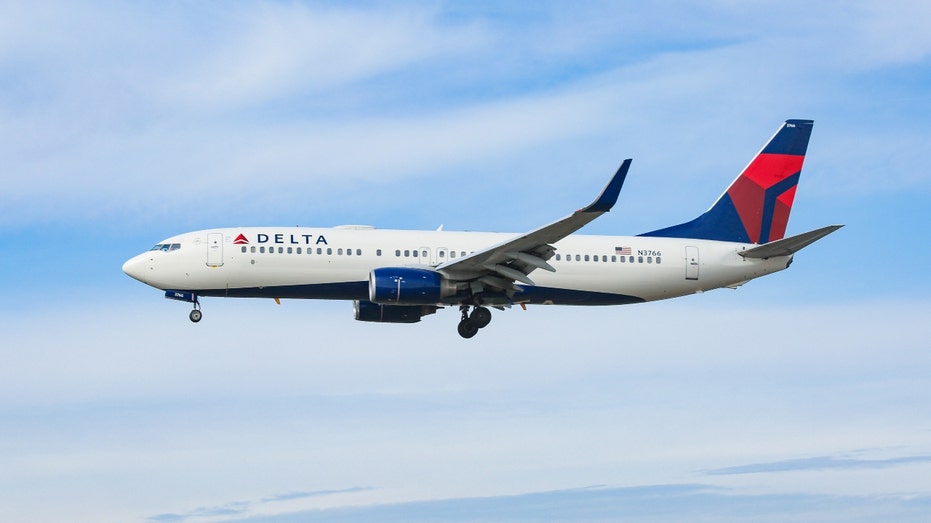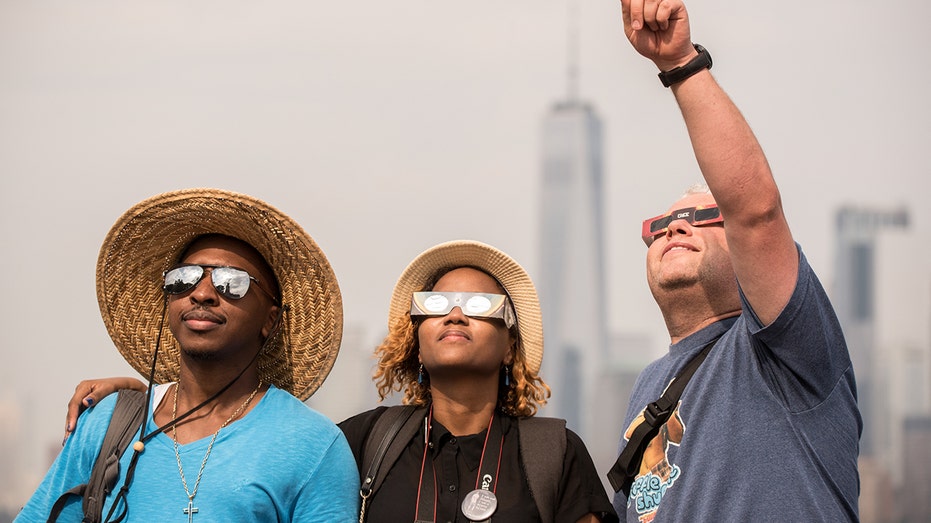
Ed Bastian addresses the $1.4 billion profit sharing payoff to employees.
People rushed to scoop up tickets for a Delta Air Lines flight designed for watching the upcoming total solar eclipse.
Hopeful solar eclipse viewers have already bought up all the seats on the Delta Flight 1228 slated to run April 8, a spokesperson for Delta confirmed to FOX Business on Tuesday, the day after it officially unveiled the special flight.
The flight, which will travel from Austin to Detroit, has been “timed to give those on board the best chance of safely viewing the solar eclipse at its peak” and to “spend as much time as possible directly within the path of totality,” according to a Delta press release.

A Delta Air Lines passenger plane is seen in Washington D.C. in February 2023. Dunn used to work for Delta, the airline says. (Celal Gunes/Anadolu Agency via Getty Images / Getty Images)
NASA said the April 8 total solar eclipse will start becoming visible in North America in Mexico at approximately 11 a.m. local time, with the path of the eclipse subsequently expected to move through certain American states in the afternoon.
| Ticker | Security | Last | Change | Change % |
|---|---|---|---|---|
| DAL | DELTA AIR LINES INC. | 40.60 | +0.48 | +1.20% |
It will be the “last total eclipse we’ll see over North America until 2044,” according to Delta Air Lines Lead Meteorologist Warren Weston.
DELTA WILL LAUNCH A PREMIUM TIER OF LOUNGES THIS YEAR
Delta will use an A220-300 plane. That aircraft will “offer especially premium viewing due to the aircraft’s extra large windows,” according to the carrier.
The company noted that while its flight plans for DL 1228 on April 8 “have been designed to maximize time within the path of totality, this is subject to change due to factors outside of Delta’s control such as weather and air traffic control that could impact timing and aircraft.”

Delta Air Lines was given the top spot for the fifth year in a row. (Nicolas Economou/NurPhoto via Getty Images / Getty Images)
It also has five other flights running the same day that it said will feature “prime eclipse-viewing opportunities.”
DELTA, AMERICAN EXPRESS UP CARD FEES AND ADD MORE PERKS
NASA said people who want to watch the solar eclipse must do so using specialized eclipse glasses or they could suffer eye injuries. It is “only safe to remove your eclipse glasses during what’s known as totality,” which may only span a minute or two, according to the agency.
TOP AIRLINES FOR ON-TIME ARRIVALS IN 2023
The most recent total solar eclipse took place in December 2021. However, only people in Antarctica fell within its path of totality, NASA said.

NEW YORK, NY – AUGUST 21: People watch the solar eclipse at Liberty Island on August 21, 2017 in New York City. While New York was not in the path of totality for the solar eclipse, around 72 percent of the sun was covered by the moon during the peak (Noam Galai/WireImage / Getty Images)
Parts of the U.S. were last able to see a total solar eclipse in 2017. April’s is expected to “last more than twice as long as the one that occurred in 2017, and the path is nearly twice as wide,” Weston said.







